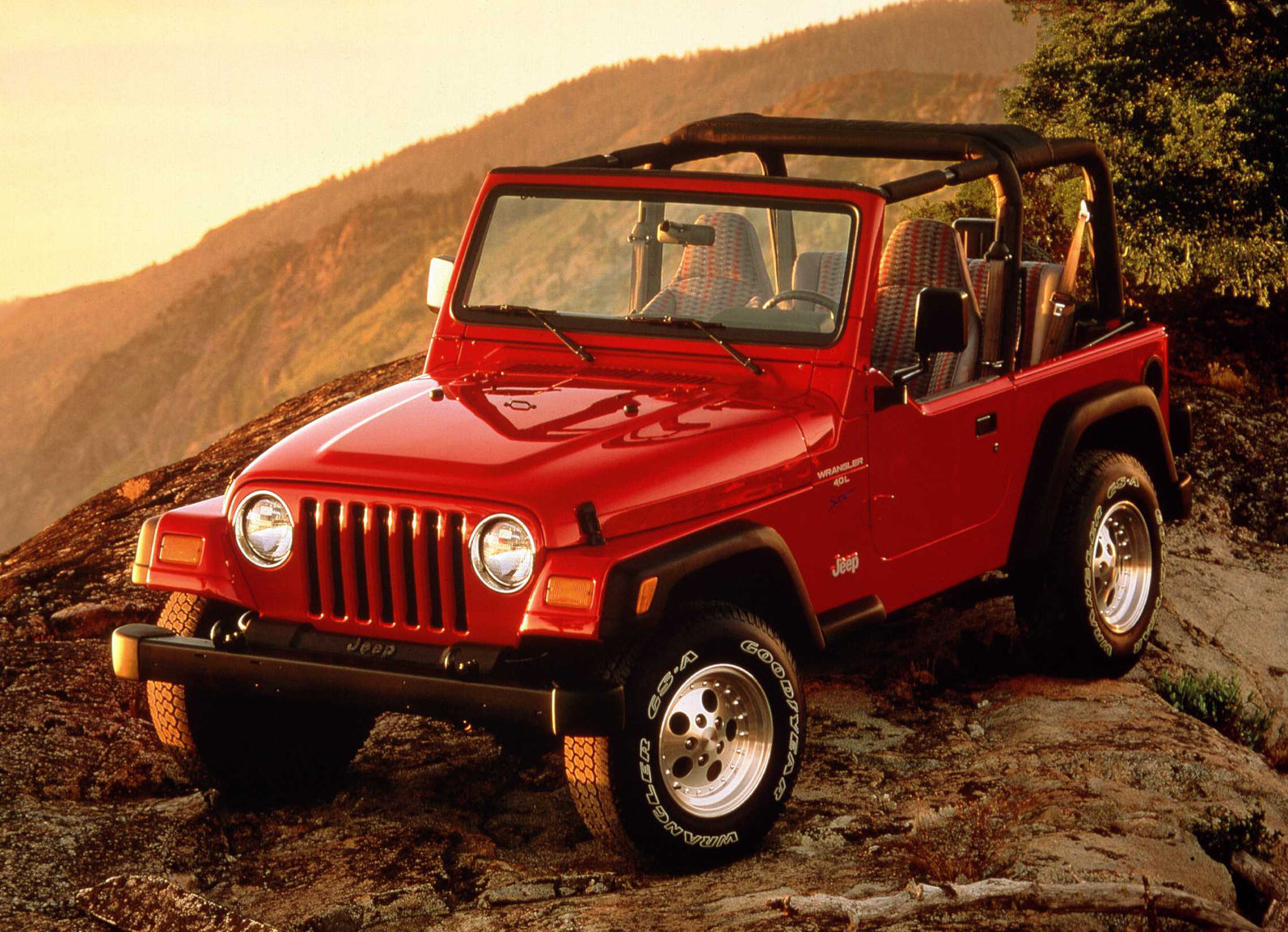The 5 worst road trip cars, according to you
Taking a vintage car on a road trip is a rite of passage. However, there are cars that might not be the best choice for a long-distance drive. We asked the Hagerty Forums to save us the pain of cruising all over country in ill-equipped cars and list the vehicles least suited to a big road trip. From the 89 responses, we plucked out five that the community echoed would be truly poor selections. Save on your chiropractor and therapist bills by taking their advice and avoiding a long haul in these 5 cars.
Austin-Healey Bugeye Sprite

Created from a combination of the latest unibody technology and the massive BMC parts bin, the Bugeye Sprite was aimed squarely at the affordable end of the 1959 sports car market. Bugeyes are true roadsters, meaning that even with the fabric top fitted, there are no hard windows to save the driver from road noise or inclement weather. The independent front and quarter-elliptical rear suspension combined to make a great handling car in short bursts, but to call its highway manners rough would be rather generous.
Trabant

The best road trip cars need to start when you turn the key and stay running strong until you elect to switch it off. The communist-built Trabant has never had the reputation of fulfilling that description. Virtually unchanged over its 33 years of production, the car lacked a fuel gauge and indicator for if the meager headlights and turn signals were on. The vast majority of Trabants were equipped with engines displacing 600cc or less, so if you want to hold speed on a trip, you better only have I-70 across Kansas as your chosen route.
Lotus Seven

If a passerby would describe your car as spindly, no-frills, or sparse, the joy of owning it probably comes in short stints on twisty roads, rather than big mile counts. The Lotus Seven is peak Colin Chapman—lightweight design dialed to 11 on every aspect of the car. The overall design is squared-off, and the body panels as stressed members of the frame, allowing use of fewer tubes and upping the sportiness of the chassis to very aggressive levels. No driver protection and a track focused-design mean hours of gobbling up miles will not be kind to the driver.
Shelby Cobra

Much like the Lotus above, the Cobra is all about distilled performance. But the Shelby calso packs major horsepower—much more than your average British roadster. These cars are super fast and contain minimal concessions for comfort, but you can at least get a roof if you go for the Daytona Coupe. There are certainly ways to modernize and civilize a Cobra, as many replicas aim to do, but a real Cobra is raw, angry, and visceral. Also, bears can be an issue if you plan to take your Shelby into the 49th state with Fig Newtons on board.
Jeep Wrangler

This one is a bit of a surprise given how often you see them on the road, but the rough and tumble Jeep Wrangler was all over the forum responses. While the other cars on this list are geared to race tracks and back roads, the Jeep is too off-road-focused to be good at spending any extended time on the road. Popular modifications like suspension lifts and big, aggressive tires only make things worse. The soft-top option elevates a Jeep to a truly freeing driving experience when it’s down, but that fabric top is just plain loud at highway speeds. While the more modern Jeeps are a lot more comfortable than the vintage ones, these ladder-frame rock-crawlers are still basic machines crafted for specific situations. Stick to the off-road trails with this one, unless you have no other option.
If you want to get into the thick of the conversation, be sure to join the Hagerty Forums and sound off each Monday when the new Question of the Week is posted. This week we are hashing out your tales of the ones that got away. We look forward to hearing from you.

